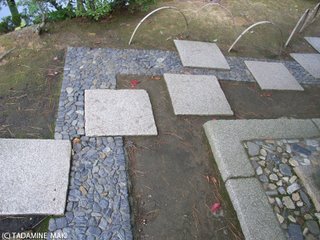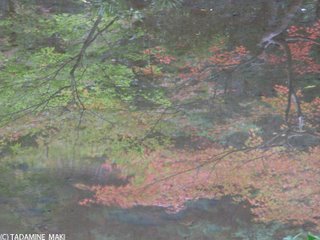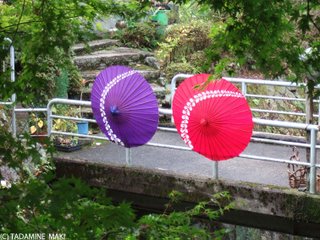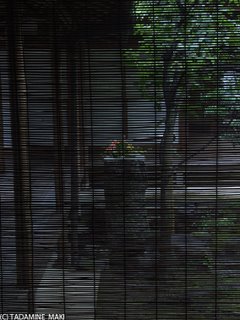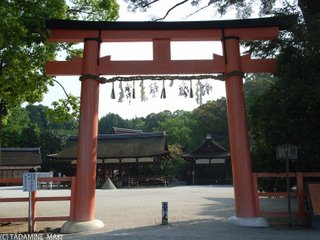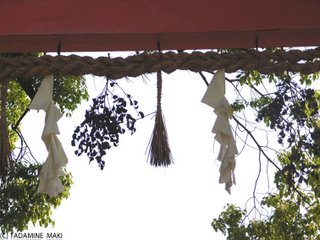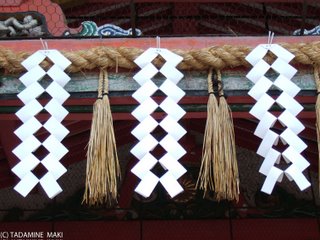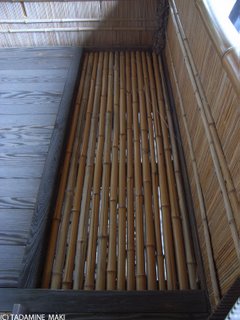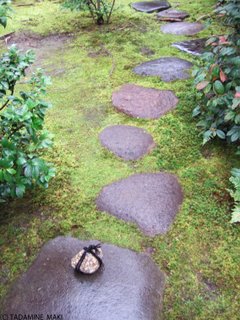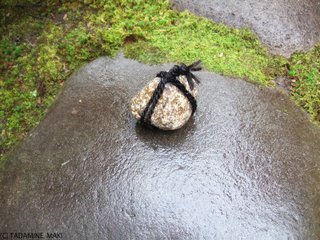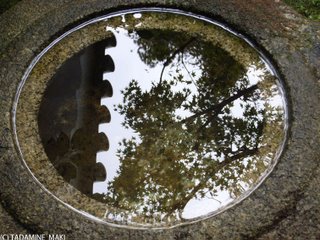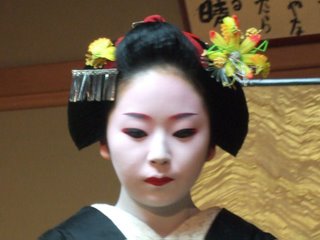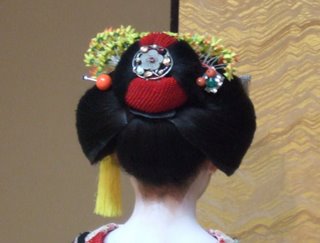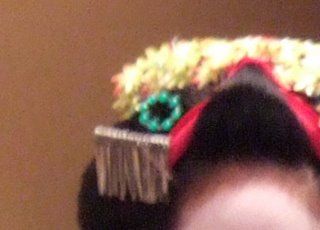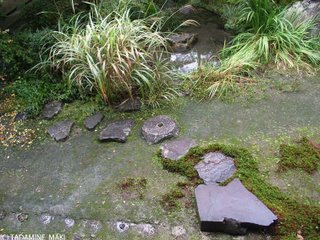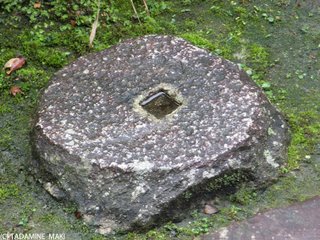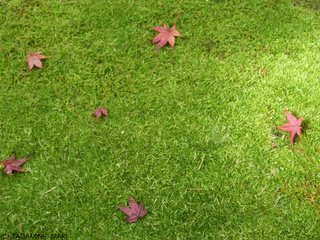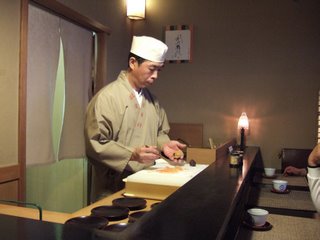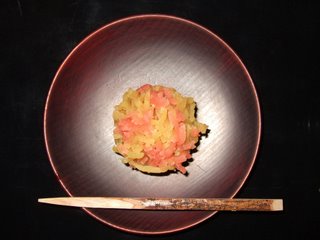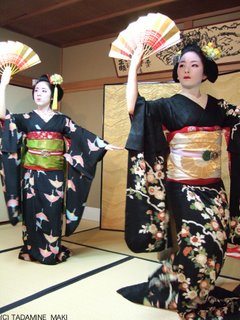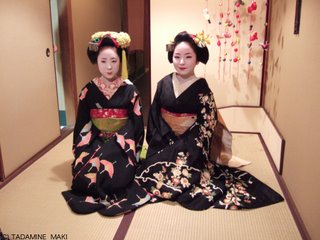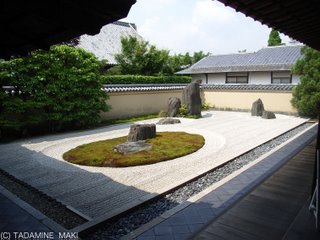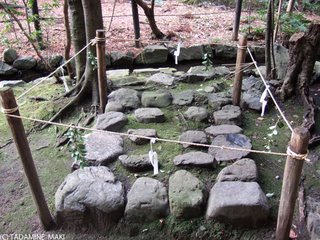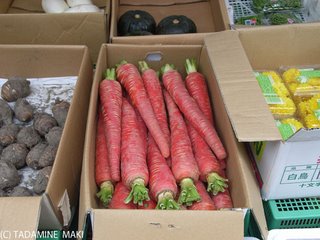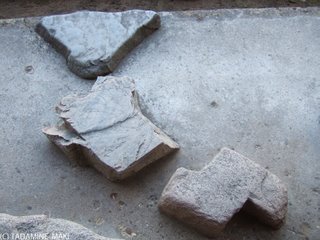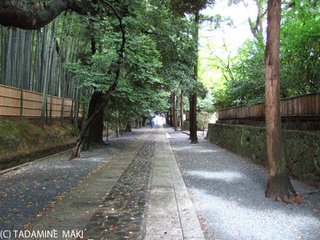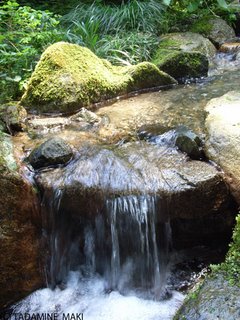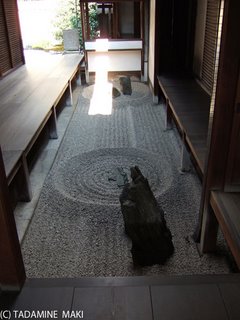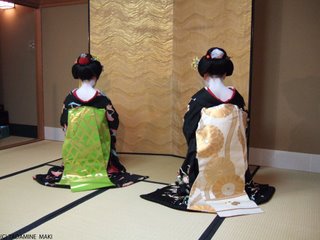
We don't wear kimono, Japanese traditional dress, daily today but some of us wear it when tea ceremony or some other ceremonies are held. On the other hand, maiko wears it daily.
What is the difference between normal clothes we wear and kimono?
First, the way of making and putting on them is largely different. Actually, I don't know about them so much and I will explain them some day.
One of other differences is the appearance around women's neck, I think.
Many shirts for women is low-cut one today but Japanese women wear kimono, making the back of their neck open like the photo. (But they normally bring out the back more moderate than Maiko does.)
So they are very attractive, even seen from the back.
Next, there is a big difference between the normal kimono and maiko's kimono. Maiko's sash is, as shown in the picture, longer than usual and is said to be more than five meters. Maikos have men tie up the sash of their kimono because it needs much power to tie it up.
By the way, why do they sit on in the picture? Because they were about to dance and I took the picture.
Location by Google Map
